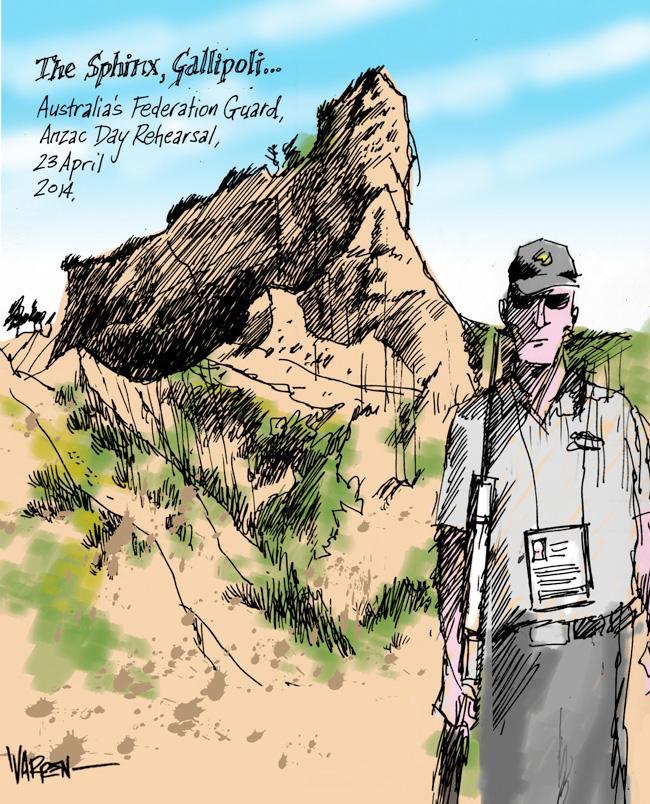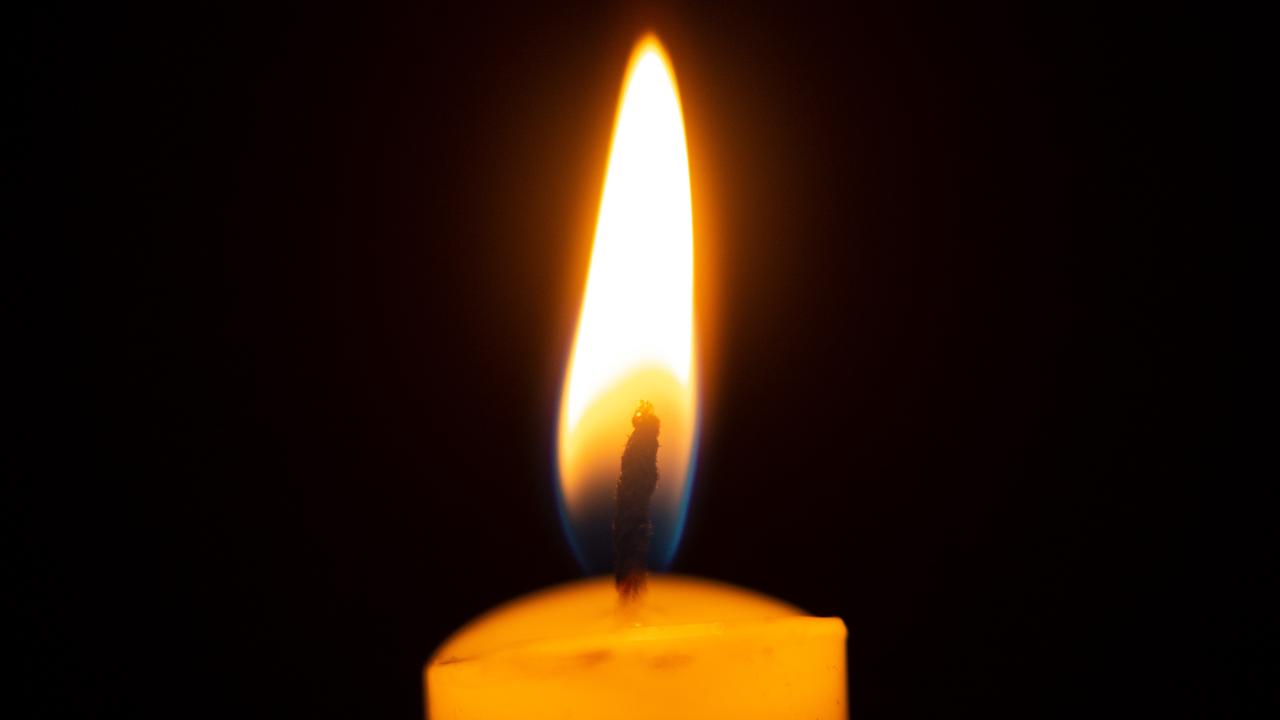Second Sphinx at Gallipoli sacred to Anzacs
SLIGHTLY to the north of Anzac Cove is a towering, geographical feature for which the Anzacs found a name for it: The Sphinx.
ANZAC Centenary
Don't miss out on the headlines from ANZAC Centenary. Followed categories will be added to My News.
SLIGHTLY to the north of Anzac Cove is a towering, geographical feature for which the newly arrived Anzacs — fresh from their training camps in Egypt — found a name naturally perfect for it — The Sphinx.
Ninety-nine years ago tomorrow, when the first hint of dawn broke behind the saw-toothed Gallipoli escarpment, the silhouette of this majestic scrub-spotted outcrop comprising of sun-baked sand and rock must have given the untested Australian soldiers rowing slowly to the Turkish shore pause for thought. Like the crumbling pharaohs’ Sphinx they’d seen near Cairo, there was something both imposing and forbidding about the natural monolith looming above them on the approaching beach. What was waiting for them behind the Sphinx and on the cliffs above?
SUPPORT OUR VETERANS WITH MENTAL ILLNESS, SAYS VC HERO
SPECIAL SECTION: ANZAC, ONE HUNDRED YEARS OF HEROISM
Soon they would discover what was waiting for them would keep them trapped on the shoreline for nine months and would take 8709 Australian lives. In the end, the entire campaign on the Gallipoli peninsula would see the deaths of more than 100,000.
On the 25th April 1915, 57 year old Lt Col L.F. Clarke somehow managed to scale the Sphinx’ near-vertical sides — a difficult enough feat for someone 30 years his junior — and on victoriously reaching the top was shot dead. The Sphinx would witness many more.
Despite the ravages of time, the extreme weather encountered on Turkey’s western shore, and the terrible battle that took place here, the Sphinx looks much like it did in the grainy photographs taken a century ago. But where once the faces of battle-weary Anzacs stared for the camera from their dugouts beneath the Sphinx, today Australian and New Zealand service personnel walked across the very ground where their counterparts from a century ago lived and died.
SCROLL DOWN FOR MORE

This afternoon I stood beneath the Sphinx watching young men and women from the services of both nations rehearsing precision drill for the catafalque party that will take up position at dawn on Anzac Day. Captain Gareth Rochester, the Australian Federation Guard’s Contingent Commander has a special appreciation of the many allied nations who suffered here a century ago — he served with the Scots Guards in the UK before enlisting in the Australian Army. “Many Australians are unaware as to just how many soldiers from other countries died here” Rochester told me. “When you visit the Commonwealth Memorial at Cape Hellas and you see the names of Australians alongside the British on the Honour Roll, it gives our young sailors, soldiers and airmen a broader understanding of Gallipoli.” Regimental Sergeant Major Ceremonial Paul Richardson agreed explaining to me that on arriving at Gallipoli for the first time, his soldier’s instincts took over, instantly assessing the topography to try to understand the best way to tackle an assault on this wild stretch of coast. “It’s just overwhelming” says Richardson “ after looking at the terrain your thoughts suddenly turn to ‘why?’
Yet the rehearsal taking place before me is only one of countless moving parts that mesh to make Anzac Day in Turkey actually happen. This year will mark the centenary of Australia’s declaration of war on Germany — and next year will commemorate the 100th anniversary of landings by Anzac soldiers at the very spot on which I’m standing. And despite the 99th anniversary being very much a full dress rehearsal for 2015, like all Anzac Day ceremonies at Gallipoli, it is no less as important. Tim Evans, the Department of Veterans Affairs Services Director for Gallipoli is pleased with the way Anzac Day is shaping up this year. “It’s been a long haul to finesse the ceremony for 2015” says Evans, “But the 99th anniversary is significant in its own right and I’m confident we can deliver a solemn and respretful service for all Australians and New Zealanders for this year and the next.”
At dawn tomorrow, the forbidding silhouette of Gallipoli’s Sphinx will again tower over Australians and New Zealanders a long way from home.


